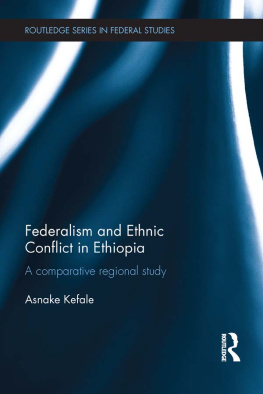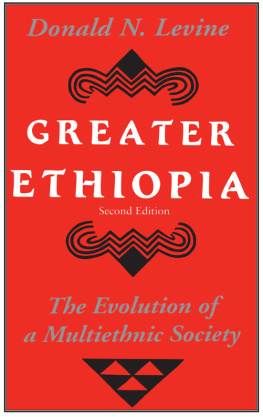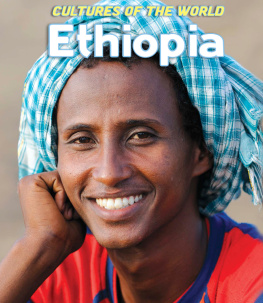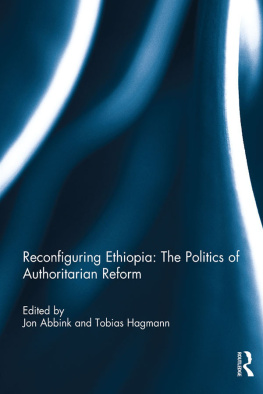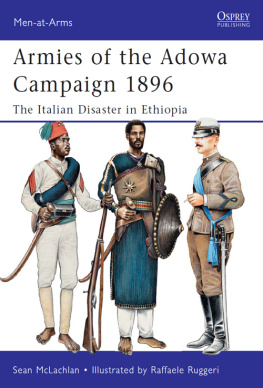Asnake Kefale - Eurasian Empires as Blueprints for Ethiopia: From Ethnolinguistic Nation-State to Multiethnic Federation
Here you can read online Asnake Kefale - Eurasian Empires as Blueprints for Ethiopia: From Ethnolinguistic Nation-State to Multiethnic Federation full text of the book (entire story) in english for free. Download pdf and epub, get meaning, cover and reviews about this ebook. year: 2021, publisher: Routledge, genre: Politics. Description of the work, (preface) as well as reviews are available. Best literature library LitArk.com created for fans of good reading and offers a wide selection of genres:
Romance novel
Science fiction
Adventure
Detective
Science
History
Home and family
Prose
Art
Politics
Computer
Non-fiction
Religion
Business
Children
Humor
Choose a favorite category and find really read worthwhile books. Enjoy immersion in the world of imagination, feel the emotions of the characters or learn something new for yourself, make an fascinating discovery.

- Book:Eurasian Empires as Blueprints for Ethiopia: From Ethnolinguistic Nation-State to Multiethnic Federation
- Author:
- Publisher:Routledge
- Genre:
- Year:2021
- Rating:5 / 5
- Favourites:Add to favourites
- Your mark:
Eurasian Empires as Blueprints for Ethiopia: From Ethnolinguistic Nation-State to Multiethnic Federation: summary, description and annotation
We offer to read an annotation, description, summary or preface (depends on what the author of the book "Eurasian Empires as Blueprints for Ethiopia: From Ethnolinguistic Nation-State to Multiethnic Federation" wrote himself). If you haven't found the necessary information about the book — write in the comments, we will try to find it.
This book is a contribution to the global history of the transfer of political ideas, as exemplified by the case of modern Ethiopia.
Like many non-European nation-states, Ethiopia adopted a western model of statehood, that is, the nation-state. Unlike the postcolonial polities that have retained the mode of statehood imposed on them by their colonial powers, Ethiopia was never successfully colonized leaving its ruling elite free to select a model of modern (western) statehood. In 1931, via Japan, they adopted the model of unitary, ethnolinguistically homogenous nation-state, in turn copied by Tokyo in 1889 from the German Empire (founded in 1871). Following the Ethiopian Revolution (1974) that overthrew the imperial system, the new revolutionary elite promised to address the nationality question through the marxist-leninist model. The Soviet model of ethnolinguistic federalism (originally derived from Austria-Hungary) was introduced in Ethiopia, first in 1992 and officially with the 1995 Constitution. To this day the politics of modern Ethiopia is marked by the tension between these two opposed models of the essentially central European type of statehood. The late 19th-century German-German quarrel on the proper model of national statehood for Germany or more broadly, modern central Europe remains the quarrel of Ethiopian politics nowadays.
The book will be useful for scholars of Ethiopian and African history and politics, and also offers a case in comparative studies on the subject of different models of national statehood elsewhere.
Asnake Kefale: author's other books
Who wrote Eurasian Empires as Blueprints for Ethiopia: From Ethnolinguistic Nation-State to Multiethnic Federation? Find out the surname, the name of the author of the book and a list of all author's works by series.

